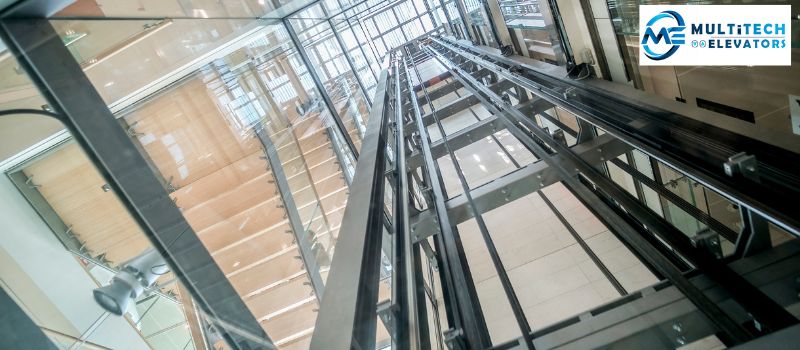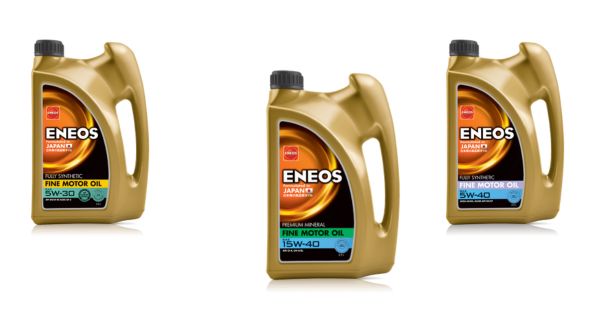
Understanding the Multi-Floor Elevator and Its Utility in Residential Buildings
The development and implementation of multi-floor elevators have revolutionized the architectural and residential landscapes, transforming how we design and utilize buildings. As urbanization accelerates and space becomes an increasingly scarce commodity, the vertical expansion of residential buildings has become a necessity. Multi-floor elevators play a crucial role in this transformation, offering convenience, accessibility, and efficiency.
The Evolution of Elevators
The concept of the elevator dates back to ancient civilizations, where basic hoisting devices were used to lift goods and people. However, it was not until the 19th century, with the advent of steam and hydraulic power, that elevators became practical for everyday use. The introduction of the safety elevator by Elisha Otis in 1852 marked a significant milestone, ensuring that elevators could be safely used in tall buildings. This innovation paved the way for the construction of skyscrapers and modern high-rise residential buildings.
Types of Elevators
Before delving into the specific benefits of multi-floor elevators for residential buildings, it is essential to understand the different types of elevators available:
- Hydraulic Elevators: These elevators are powered by a hydraulic pump, which pushes fluid into a cylinder to move the elevator car. They are typically used in buildings with fewer floors due to their slower speed and lower efficiency at greater heights.
- Traction Elevators: These elevators use ropes and counterweights to move the car. They are more efficient than hydraulic elevators and are suitable for taller buildings. Traction elevators can be further divided into geared and gearless traction elevators, with gearless being more suitable for very high-rise buildings.
- Machine-Room-Less (MRL) Elevators: As the name suggests, these elevators do not require a separate machine room, making them ideal for buildings with limited space. MRL elevators are energy-efficient and have a lower environmental impact.
- Pneumatic Elevators: These are relatively new and use air pressure to move the car. They are often used in residential buildings due to their ease of installation and minimal space requirements.
Benefits of Multi-Floor Elevators in Residential Buildings
- Accessibility: One of the most significant benefits of multi-floor elevators is enhanced accessibility. For individuals with mobility issues, elderly residents, and families with young children, elevators provide a crucial means of navigating between floors without the physical strain of stairs. This accessibility ensures that all residents can comfortably move throughout the building.
- Convenience: Elevators offer unparalleled convenience for residents. Carrying groceries, furniture, or other heavy items becomes significantly easier when elevators are available. This convenience is particularly beneficial in high-rise residential buildings, where climbing stairs can be time-consuming and physically demanding.
- Safety: Elevators enhance the safety of residential buildings. In case of emergencies such as fires or medical incidents, elevators can facilitate quicker evacuation and access for emergency responders. Modern elevators are equipped with advanced safety features, including emergency stop buttons, intercom systems, and backup power supplies, ensuring the safety of passengers.
- Increased Property Value: The presence of multi-floor elevators can significantly increase the value of a residential property. Prospective buyers and renters often prioritize buildings with elevator access, viewing them as more modern and convenient. This increased demand can lead to higher property prices and rental incomes.
- Space Optimization: Multi-floor elevators enable architects and developers to optimize the use of space within residential buildings. By allowing vertical expansion, elevators make it possible to accommodate more units within a limited footprint. This space optimization is particularly important in densely populated urban areas where land is scarce and expensive.
- Energy Efficiency: Modern elevators are designed to be energy-efficient, using advanced technologies such as regenerative drives, LED lighting, and standby modes. These features reduce the overall energy consumption of the building, contributing to lower utility bills and a smaller environmental footprint.
- Aesthetic Appeal: Elevators can enhance the aesthetic appeal of residential buildings. Sleek, modern elevator designs can complement the architectural style of the building, adding to its overall visual appeal. Glass elevators, in particular, can provide stunning views and a sense of luxury.
Challenges and Considerations
While the benefits of multi-floor elevators are numerous, there are also several challenges and considerations that developers and property managers must address:
- Installation Costs: The initial cost of installing elevators can be significant, particularly in existing buildings where retrofitting may be required. Developers must carefully budget for these expenses and consider the long-term return on investment.
- Maintenance: Regular maintenance is essential to ensure the safe and efficient operation of elevators. Property managers must establish maintenance schedules, conduct routine inspections, and address any issues promptly to prevent downtime and costly repairs.
- Space Requirements: While modern elevators such as MRL and pneumatic elevators require less space, traditional traction and hydraulic elevators still need adequate space for machinery and shafts. Building designs must account for these requirements without compromising on the overall layout and functionality.
- Regulatory Compliance: Elevators must comply with various safety and accessibility regulations. Developers and property managers must ensure that their elevators meet all relevant codes and standards, including those related to fire safety, emergency communication, and accessibility for individuals with disabilities.
- Noise and Vibration: Elevators can generate noise and vibration, which may disturb residents, particularly in buildings with thin walls or floors. Implementing soundproofing measures and choosing low-noise elevator models can help mitigate these issues.
Future Trends
The future of multi-floor elevators in residential buildings looks promising, with several emerging trends poised to shape the industry:
- Smart Elevators: The integration of smart technology in elevators is set to enhance their functionality and user experience. Features such as touchless controls, destination dispatch systems, and real-time monitoring can improve efficiency and convenience for residents.
- Sustainable Design: As sustainability becomes a priority in building design, elevators will continue to evolve to be more energy-efficient and environmentally friendly. Innovations such as solar-powered elevators and materials with a lower carbon footprint will play a key role in this evolution.
- Vertical Villages: The concept of vertical villages, where entire communities are housed within a single high-rise building, is gaining traction. In such developments, elevators will be essential for facilitating movement between various amenities, residential units, and communal spaces.
- Enhanced Safety Features: Advances in safety technology will continue to improve the reliability and security of elevators. Innovations such as biometric access, advanced fire detection systems, and enhanced communication tools will ensure the safety of all passengers.
Conclusion
Multi-floor elevators are indispensable in modern residential buildings, offering a range of benefits that enhance accessibility, convenience, safety, and property value. As urbanization continues to drive the development of high-rise residential buildings, the role of elevators will become even more critical. By addressing challenges such as installation costs, maintenance, and regulatory compliance, developers and property managers can ensure that their buildings provide the highest levels of comfort and convenience for residents. The future of multi-floor elevators looks bright, with emerging trends and technologies set to further transform the residential landscape. Learn More


